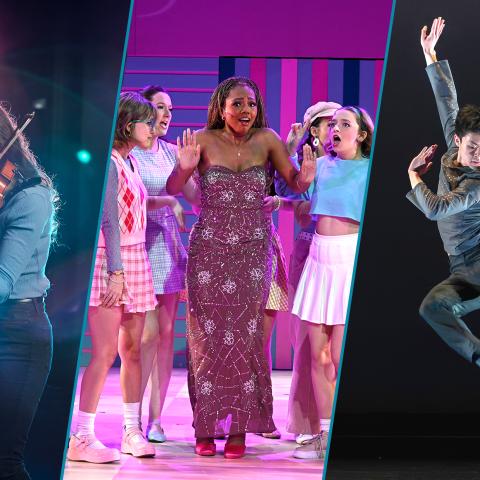How to Build a Playlist That Engages Children in Music Class

Darla Hanley
Image by Kelly Davidson
Have you ever observed a child respond to a compelling musical example? If you really pay attention in these moments you will often see a natural engagement filled with movement and joy—and a full presence driven by freedom and a sense of wonder. Further, you will see (and hear) their creative expression and original voice unfold. It’s magical.
In music class, children listen, imitate, perform, and create as they explore the musical world around them through sounds and play. They respond to learning experiences led by teachers who make decisions regarding the curriculum, instructional modalities, and musical examples. These teachers shape the education offered to students and, in turn, shape what students know and are able to do independently. This means it is essential for music teachers—especially at the elementary level—to know and bring a variety of high-quality musical examples, across styles and genres, into their work.
"A pilot group I led learned that one of the biggest challenges teachers face when using streaming audio to enhance instruction is identifying which examples to use."
—
Today, the world of music is literally in our hands. With technological advances like streaming audio, anyone is able to listen to a variety of music at any time of day. Yet, after years of work with Spotify and with classroom teachers in the United States, a pilot group I led learned that one of the biggest challenges teachers face when using streaming audio to enhance instruction is identifying which examples to use.
One way to select streaming audio tracks and organize them for use with students is to create curated playlists based on musical styles, artists, themes, or historical periods. If we take jazz, for example, we could create a playlist that represents various types of jazz (e.g., big band, swing, bebop, free), one that focuses on iconic artists from yesterday (e.g., Louis Armstrong, Dave Brubeck ’09H, Ella Fitzgerald), or one featuring artists of today (e.g., Victor Wooten, Hiromi, Bria Skonberg). We could also curate jazz playlists to promote creative movement (e.g., “Thunderwalk” by George Benson ’90H, “Hay Burner” by Count Basie ’74H), instrument play (e.g., “Pick Yourself Up” by Dianne Reeves ’03H, “Cool Struttin’” by Sonny Clark), singing (e.g., “C Jam Blues” by Duke Ellington ’71H), and/or dramatic play (e.g., “Everybody Want to Be a Cat” by Roy Hargrove). These well-crafted playlists can then be used to promote authentic engagement, creativity development, and artistic performance as the recorded tracks anchor the children’s musical experiences.
Finally, when using the playlist, lead children to listen and respond by making music, expressing preferences with rationales, sharing musical decisions, offering original ideas, and applying their developing skills and knowledge. Children will rarely disappoint you when the music is compelling and the opportunity to be creative is welcoming and well-structured. Remember, we’re never too young to enjoy and experience music… it’s elementary!
Tips for Music Educators
- Identify tracks that make you smile—children will mirror your response —especially when it makes your heart sing.
- Get organized and curate playlists.
- Let the music tell you how to use it in an educational context (responding, creating, performing, critical listening).
- Use tracks to engage children to arrange, compose, connect, describe, improvise, imitate, lead, listen, move, play,
Dr. Darla S. Hanley is dean of the Professional Education Division at Berklee. The above is based on her Berklee Press book (co-authored with Allison P. Kipp), Jazz Is Elementary: Creativity Development Through Music Activities, Movement Games, and Dances for K-5.
This article appeared in the spring/summer 2023 issue of Berklee Today.




